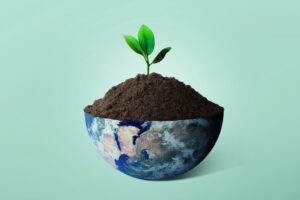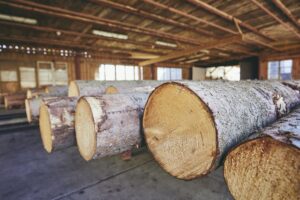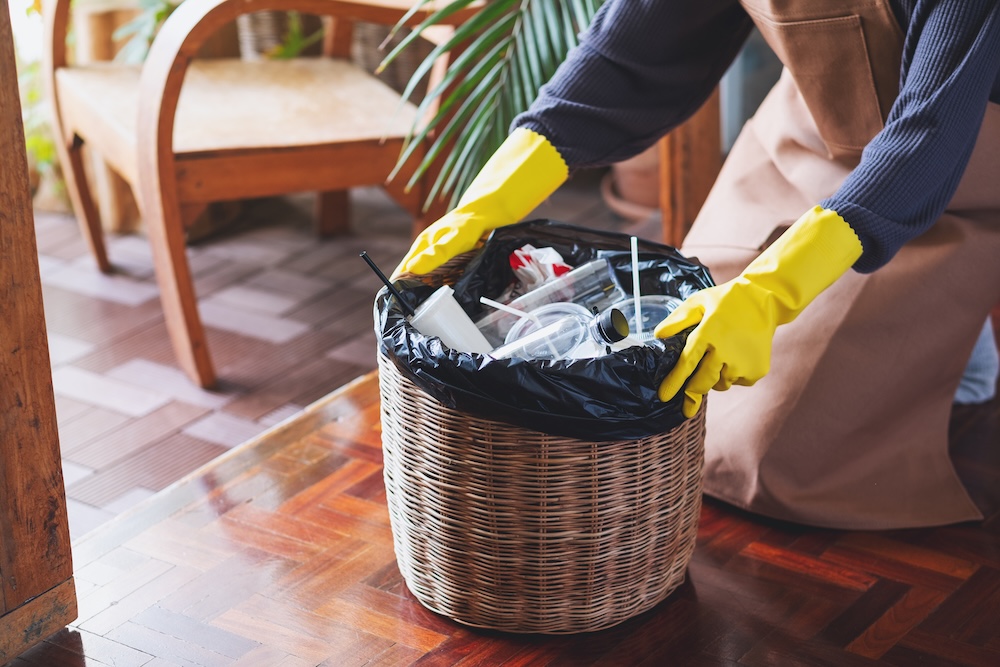Why Waste Is More Than Just Gross
Most of us toss things in the trash and never think of them again. Out of sight, out of mind. But what we throw away doesn’t disappear—it travels, piles up, decomposes (or doesn’t), leaks into soil and water, releases gases, and fuels a much larger environmental story than most people realize.
Understanding your own trash is one of the most powerful ways to reconnect with the planet. This post walks through:
- What’s actually in the average household trash can
- Where it goes (and what it does when it gets there)
- The hidden environmental costs of garbage
- Simple shifts to reduce your waste and impact
What We Throw Away Every Day
The average American generates over 4 pounds of waste per day. That’s more than 1,400 pounds per person each year.
Here’s what’s commonly found in everyday household trash:
- Single-use food packaging (plastic wrappers, bags, foil, Styrofoam)
- Beverage containers (plastic bottles, coffee cups, juice boxes)
- Paper towels, napkins, tissues
- Product packaging and shipping materials
- Broken or outdated items (electronics, cords, lightbulbs)
- Food scraps and leftovers
- Personal care items (cotton swabs, floss, toothpaste tubes)
- Disposable cleaning products (sponges, wipes, mop pads)
- Plastics labeled as recyclable—but contaminated or unrecycled in reality
And much of this isn’t really trash—it’s wasted potential.
Where Trash Actually Goes
Most household garbage has three destinations:
1. Landfills
The majority of our waste goes here. Landfills are not compost piles—they’re oxygen-deprived tombs designed to store waste, not break it down.
- Organic material (like food or paper) buried in landfills releases methane, a greenhouse gas 25x more potent than CO₂.
- Plastics take hundreds of years to break down—and in doing so, they can release toxic microplastics and leachates into soil and groundwater.
- Landfills are major contributors to climate change, even though they often feel invisible to the public.
2. Incinerators
Some cities burn trash for energy. While this reduces volume, it comes with a cost:
- Burning plastic emits toxic gases like dioxins, heavy metals, and CO₂.
- Ash left behind still needs to be landfilled and can be hazardous.
3. The Environment
Even with waste systems in place, much trash never makes it to the bin:
- Wind, rain, and littering send trash into streets, waterways, and oceans.
- Microplastics from synthetic fabrics and packaging escape unnoticed.
- Wildlife mistake plastic for food, leading to injury or death.
Why This Matters: Trash and the Climate Crisis
Throwing something “away” doesn’t erase its environmental footprint. In fact, most waste continues to impact ecosystems and emissions long after we’ve tossed it.
Key Impacts of Everyday Trash:
- Methane from food waste and organic materials in landfills
- Carbon emissions from manufacturing and transporting products we toss
- Toxic runoff and leachate from improperly discarded items
- Ocean pollution from single-use plastics and packaging
- Wildlife harm from discarded items (bags, rings, fishing line, etc.)
- Loss of biodiversity from microplastic and chemical contamination
Even recycled items have a footprint. Recycling is often energy-intensive, and not all materials are truly recyclable.
What’s in Your Trash Right Now?
Take a look—literally. Spend a day tracking everything you throw away. What do you notice?
- How much of it is avoidable?
- How much could have been reused, composted, or repaired?
- How much waste came from convenience or habit, not need?
This exercise isn’t about guilt. It’s about awareness.
Small Shifts, Big Impact: How to Waste Less
Here are practical, approachable ways to cut down on your trash without overhauling your life:
1. Rethink Packaging
Buy in bulk or from refill stations
Choose items with minimal or compostable packaging
Avoid individually wrapped snacks and single-serving portions
2. Compost Your Food Scraps
Composting diverts waste from landfills and returns nutrients to the soil
Even apartment dwellers can use countertop compost bins or community drop-offs
3. Replace Single-Use With Reusables
Use cloth napkins, beeswax wraps, washable produce bags, and stainless steel containers
Bring your own cup, straw, and utensils when on the go
4. Buy Less, Repair More
Mend clothes, fix electronics, or repurpose what you can
Donate working items rather than trashing them
5. Go Paperless Where Possible
Cancel junk mail, switch to digital receipts, and use cloth over paper towels
Paper waste adds up faster than we realize
6. Audit Your Trash Regularly
Once a month, look at what’s filling your bin the most—and target that area next
It might be coffee pods, packaging, diapers, or cleaning products. Knowing your top offenders helps guide your next steps.
Common Questions About Trash and the Environment
Isn’t it the system’s fault that we have so much waste?
Partially, yes. Products are designed to be disposable. But individual choices create pressure for change—especially when enough people shift.
Does recycling fix this?
Recycling helps, but it’s not a cure-all. Many “recyclables” still end up in landfills. Reduction and reuse come first.
What’s the biggest thing I can change today?
Start with single-use plastics and food waste. Those two categories have enormous environmental footprints—and tons of room for improvement.
Isn’t composting complicated?
Not at all. Many local programs or drop-off points exist, and at-home composting can be as simple as a small bin and an outdoor pile.
Final Thoughts: There’s No Such Thing as “Away”
Everything we toss travels somewhere—and stays there long after we forget about it. Our trash tells a story of how we live, what we value, and what we’re willing to let go.
When you shift your waste habits, you’re doing more than cutting clutter. You’re participating in a deeper kind of cleanup—one that clears space for a healthier planet.
It starts with looking in the bin. Because sometimes, what we throw away is our best chance to wake up.









Reader Interactions